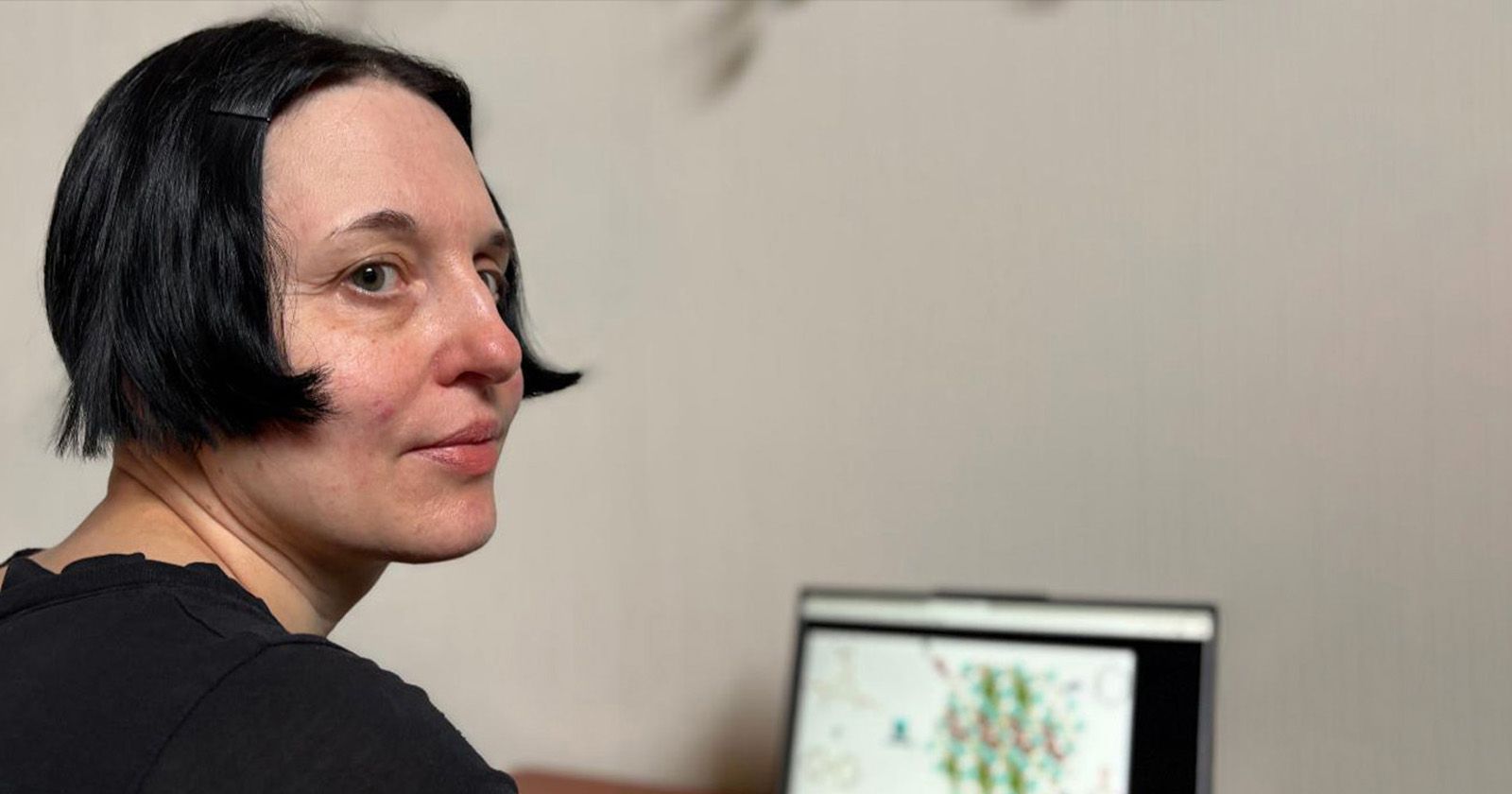 Natural sciences
Natural sciences
The Nobel Prize for materials that "take up the world"
Susumu Kitagawa, Richard Robson, and Omar M. Yaghi have been awarded with the Nobel Prize in Chemistry 2025 for the creation and development of a new class of materials: metal-organic frameworks (MOFs). “They are materials of the future", says dr hab. Liliana Dobrzańska, Prof. NCU, from the Faculty of Chemistry.
In their explanatory statement, members of the Nobel Committee pointed out that these scientists "have created molecular constructions with large spaces through which gases and other chemicals can flow". Additionally, the constructions "can be used to harvest water from desert air, capture carbon dioxide, store toxic gases or catalyze chemical reactions".
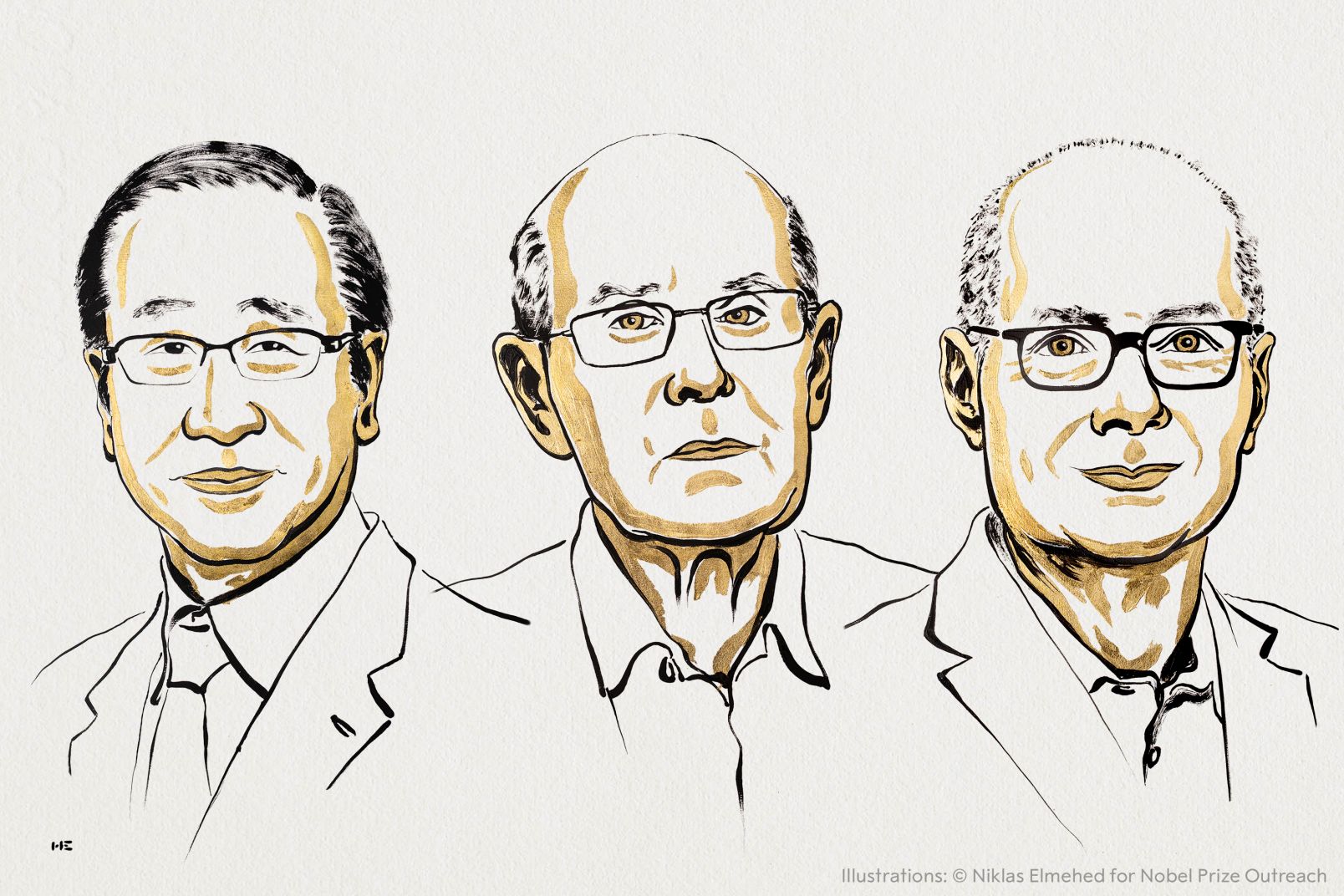
Ill. Niklas Elmehed. © Nobel Prize Outreach
Large internal surface area as well as relative ease of modifying their properties by selecting metal ions and organic ligands, which can function as "building blocks" in a designer's hands, constitute the key advantages of classic MOFs.
They are materials of the future", says dr hab. Liliana Dobrzańska, Prof. NCU, Head of the Laboratory of Crystal and Materials Engineering from the Faculty of Chemistry. “The unique, modifiable structures of MOFs enable gaining far-reaching control over their properties. For instance, they can be constructed to capture one specific type of molecule or control the strength with which it is bonded in a crystal network. This opens an access to a broad range of applications in green chemistry, energy technology, or environmental protection. It is a new paradigm: not only synthesizing but also designing a functional molecular architecture. Considering the above, we can optimize these materials to make them perform certain functions such as capturing CO₂, selective removing of contaminants from water, or catalyzing chemical reactions. Relatively low production costs are another advantage of these materials.
MOF 5 (Zn₄O(BDC)₃) is one of the first and most well-known MOFs. In 1999, it was described in Nature, in an article written by Prof. Omara M. Yaghi's team. MOF 5 is characterized by its large internal surface area as well as the stability of its porous structure, which made a reference point for further research on MOFs.
Since the 90s of the past century, the development of reticular chemistry and MOFs has progressed dynamically. Richard Robson initiated activities aimed at designing coordination structures presenting desirable properties, Susumu Kitagawa started research on the flexibility of these structures, and Omar M. Yaghi systematically developed the field by designing and synthesizing numerous porous coordination polymers. Omar M. Yaghi also introduced the name “MOF", which was at first narrow and referred to compounds prepared on the basis of carboxylates. However, due to the development in this field and more extensive use of the term, the definition of MOF was reformulated in 2011. Since then, it has been used to define all porous coordination polymers.
The applicability of MOFs for water treatment processes or capturing greenhouse gases can make a real contribution to solving global challenges such as climate change or limited access to pure water", says Prof. Liliana Dobrzańska. “As a research team dealing with the subject of porous crystalline materials, we enthusiastically welcomed the decision made by the Royal Swedish Academy of Sciences". This research area is constantly developing, and MOFs presenting structural flexibility in response to external factors based on cooperative molecular movements in crystals have come to the fore in recent years. The so-called intelligent materials, or "smart crystals" ideally adjust to the rhetoric of the world fascinated with artificial intelligence and stimuli-responding systems.
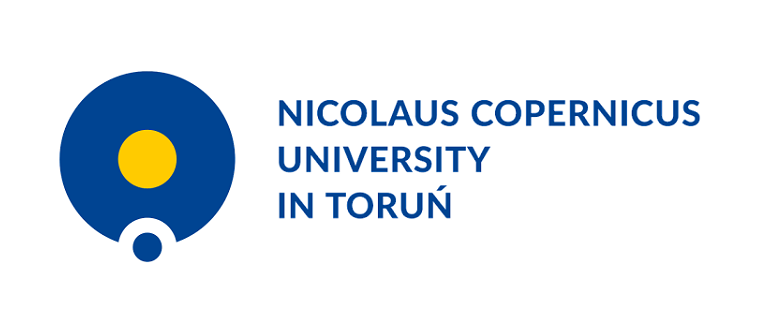 NCU News
NCU News






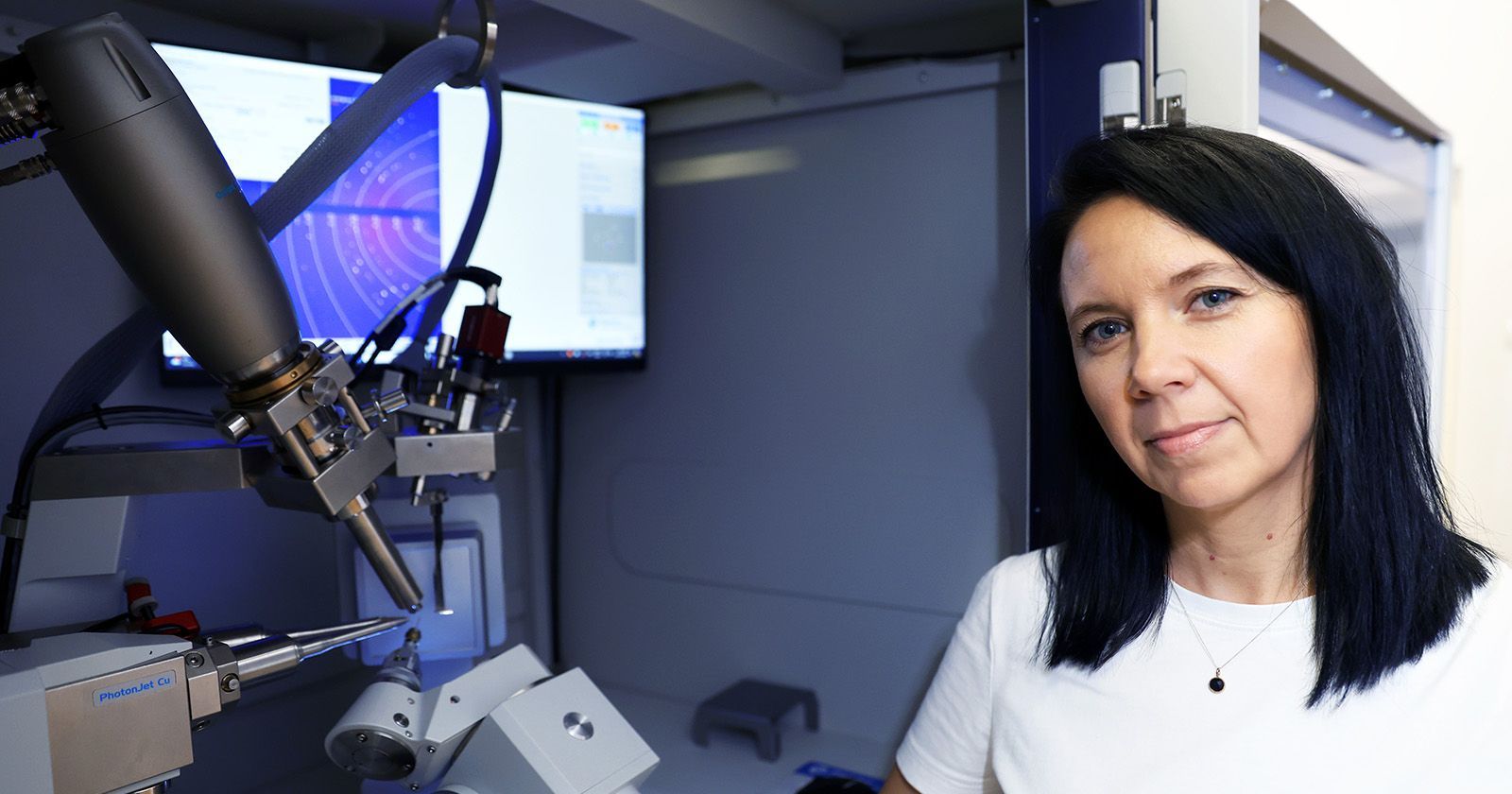 Natural sciences
Natural sciences
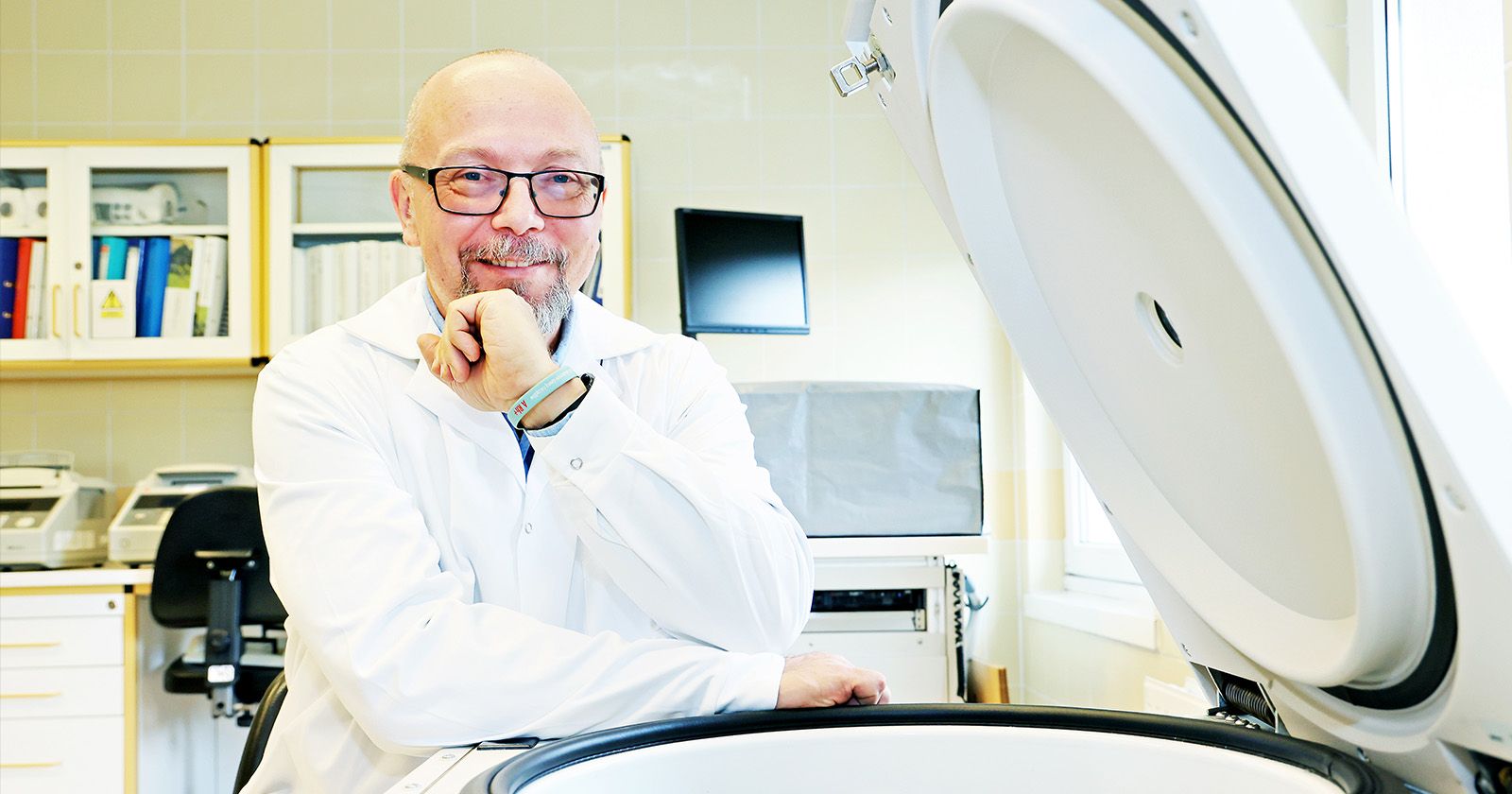 Natural sciences
Natural sciences

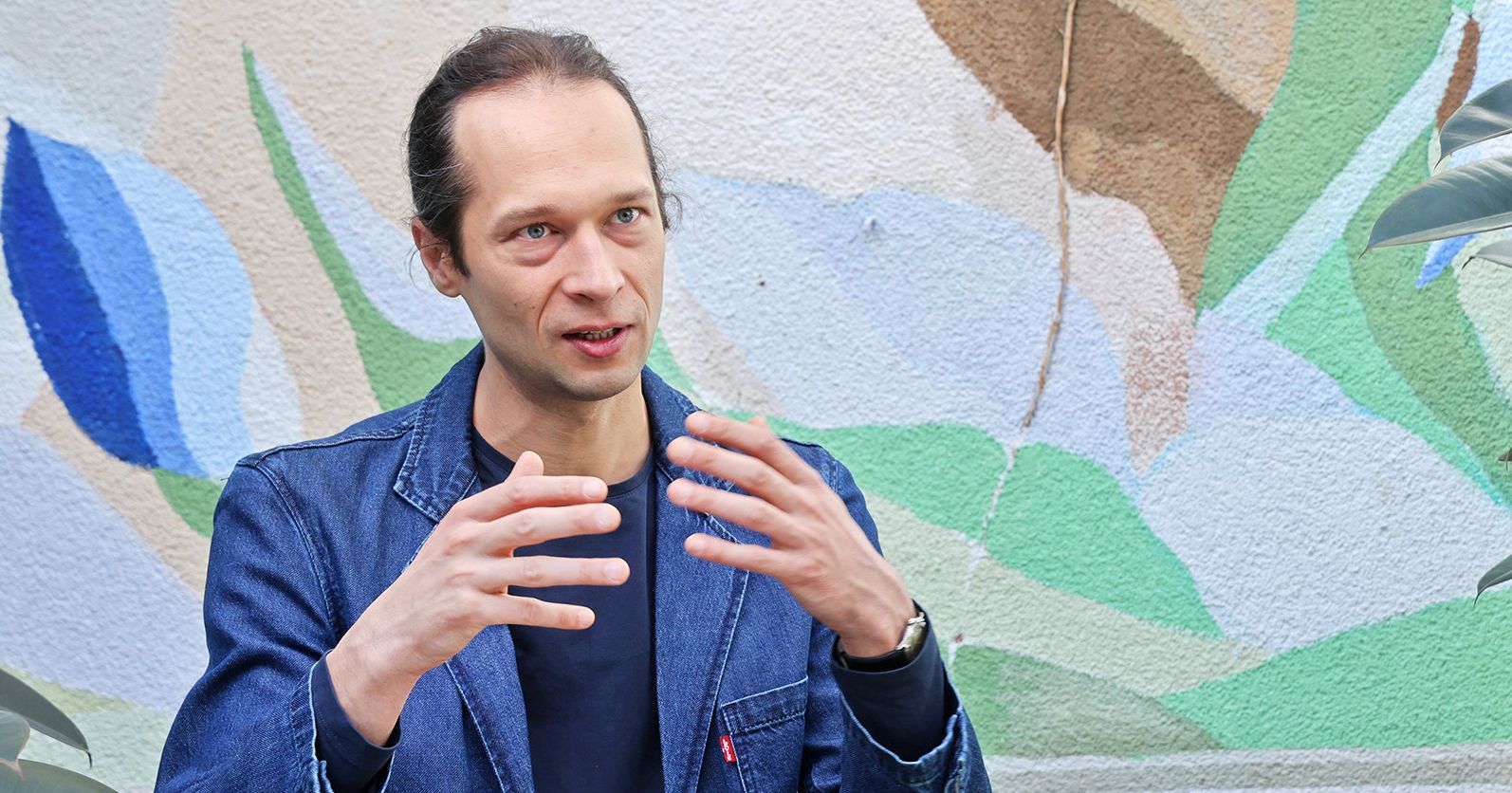 Social sciences
Social sciences
